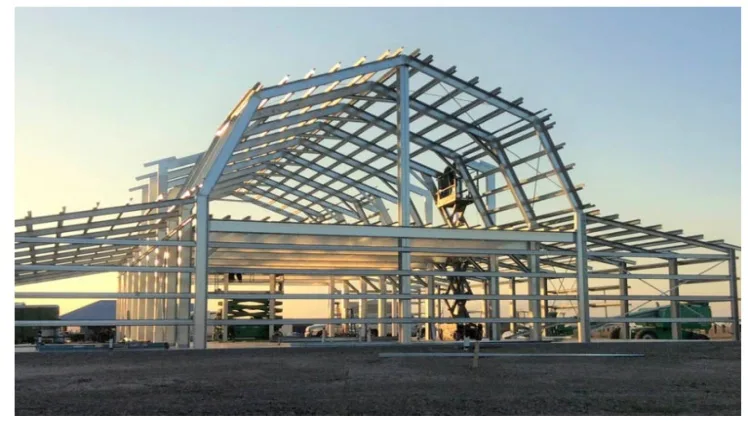Introduction
In the world of architecture, the choice of materials can significantly impact the design, strength, and aesthetics of a structure. One material that has revolutionized the industry is steel. In this article, we will delve into the fascinating world of formed steel in architecture.
Note: Discover the world of innovative construction with our Cold Formed Steel website ktmmetal.com .We invite you to explore the cutting-edge technology, sustainability, and versatility that cold-formed steel offers in the realm of construction. Whether you’re a seasoned industry professional or simply curious about the future of building materials, our website provides a wealth of information, resources, and case studies to inspire and educate. Join us on a journey to revolutionize the way we build, one click at a time. Visit our website today and embrace the future of construction with cold-formed steel!
From its historical significance to its modern applications, we will explore the versatility and beauty that formed steel brings to architectural masterpieces.
The History of Formed Steel
Early Beginnings
Formed steel has a rich history dating back to the 17th century when blacksmiths first began experimenting with shaping and molding steel. The earliest applications were in weaponry and tools, but it didn’t take long for architects to recognize the potential of this remarkable material.
Industrial Revolution and Beyond
The industrial revolution in the 18th century marked a turning point for formed steel. The ability to mass-produce steel components led to its widespread use in buildings and bridges. Iconic structures like the Eiffel Tower in Paris and the Brooklyn Bridge in New York City showcased the strength and beauty of formed steel.
Advantages of Using Formed Steel in Architecture
Strength and Durability
Formed steel is renowned for its incredible strength and durability. It can withstand extreme weather conditions and seismic activity, making it an ideal choice for buildings in various regions.
Versatility in Design
Architects love working with formed steel because of its versatility. It can be molded into intricate shapes and sizes, allowing for innovative and creative designs. From curved facades to unique structural elements, the possibilities are endless.
Sustainability
In an era where sustainability is a top priority, formed steel shines. It is recyclable, reducing the environmental impact of construction projects. Its long lifespan also minimizes the need for frequent replacements.
Modern Applications of Formed Steel
Skyscrapers
Modern skyscrapers are a testament to the capabilities of formed steel. The structural integrity and sleek aesthetics of steel-framed buildings have become iconic in major cityscapes worldwide.
Contemporary Art Installations
Formed steel has transcended traditional architecture and found its place in contemporary art installations. Artists use it to create intricate sculptures and public art pieces that captivate audiences.
Residential Design
Formed steel is not limited to large-scale projects. It has made its way into residential architecture, where it is used for everything from staircases to interior accents, adding a touch of modern elegance to homes.
Challenges in Working with Formed Steel
Cost Considerations
While the benefits of formed steel are undeniable, its cost can be a significant factor in construction budgets. Architects and developers must weigh the advantages against the expense.
Skilled Labor
Working with formed steel requires skilled labor and specialized equipment. This can pose challenges in regions with a shortage of experienced professionals.
Future Trends and Innovations
Sustainable Coatings
As sustainability remains a key focus, the development of eco-friendly coatings for formed steel is on the rise. These coatings enhance durability while minimizing environmental impact.
Parametric Design
Advancements in technology have enabled parametric design, allowing architects to create complex, organic shapes with precision. Formed steel plays a pivotal role in bringing these designs to life.
Conclusion
Formed steel has come a long way from its humble beginnings in blacksmith shops. It has become an essential element in modern architecture, offering strength, versatility, and sustainability. From towering skyscrapers to intricate art installations, its impact on the world of design is undeniable.
Visit our website : ktmmetal.com to get more information



